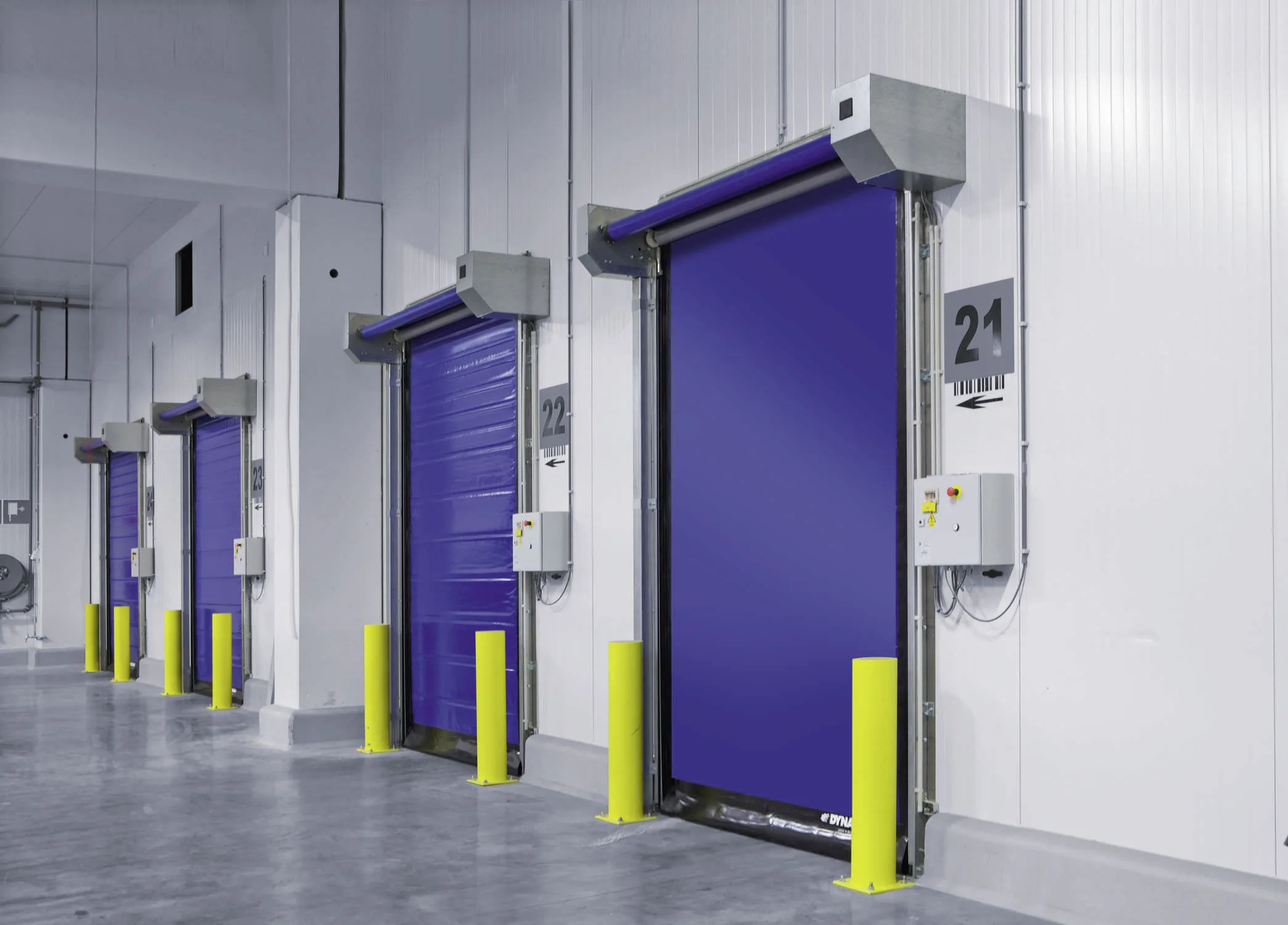Introduction
Roll-up doors serve as critical infrastructure for warehouses, manufacturing plants, and retail facilities, blending security with operational efficiency. As a project manager at a Midwest logistics firm, I learned this firsthand when a supplier’s delayed installation halted our loading docks for days. Choosing the right roll-up door manufacturer isn’t just about product specs—it’s about reliability, customization, and long-term value. This guide cuts through the noise to help you navigate top suppliers, key selection criteria, and innovations shaping the industry.
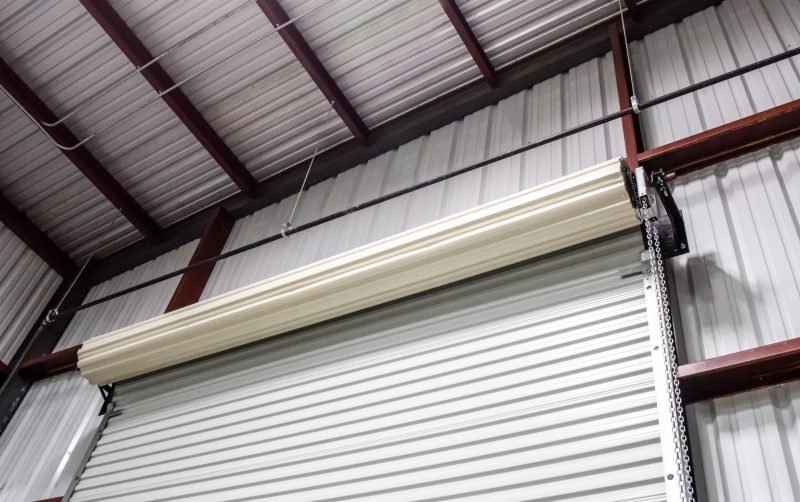
Key Factors When Choosing Roll-Up Door Suppliers
Before exploring manufacturers, define your operational needs. During a recent warehouse expansion, our team prioritized three factors:
- Durability
High-traffic sites need doors rated for 50,000+ cycles. Steel remains the gold standard for impact resistance, while aluminum suits coastal areas prone to corrosion 12. - Customization
One supplier’s 40-foot-wide insulated door solved our cold storage needs, while another offered architectural-grade finishes for a client’s flagship retail store 34. - Total Cost
While basic steel doors start at $500, our automated high-speed models cost $22,000—but reduced loading times by 30% 56.
Leading Roll-Up Door Manufacturers for Commercial Use
These suppliers lead in reliability and innovation:
Overhead Door Corporation
A century-old pioneer in industrial steel doors, Overhead Door excels in wind-resistant designs for warehouses. Their 22-gauge steel doors withstand hurricane-force winds common in Gulf Coast facilities 78.
Clopay
North America’s largest garage door manufacturer, Clopay serves healthcare and aviation sectors with safety-certified rolling steel doors. Their recent IoT-enabled models alert managers to maintenance needs via smartphone 910.
Hörmann
This German-engineered brand reduces maintenance costs through springless mechanisms. A regional auto plant reported 40% fewer service calls after switching to Hörmann’s FingerGuard-equipped doors 1112.
ASTA America
For fire-rated compliance, ASTA’s Georgia-made doors meet NFPA 80 standards. Their 10-year warranty outpaces competitors’ 5-year coverage 1314.
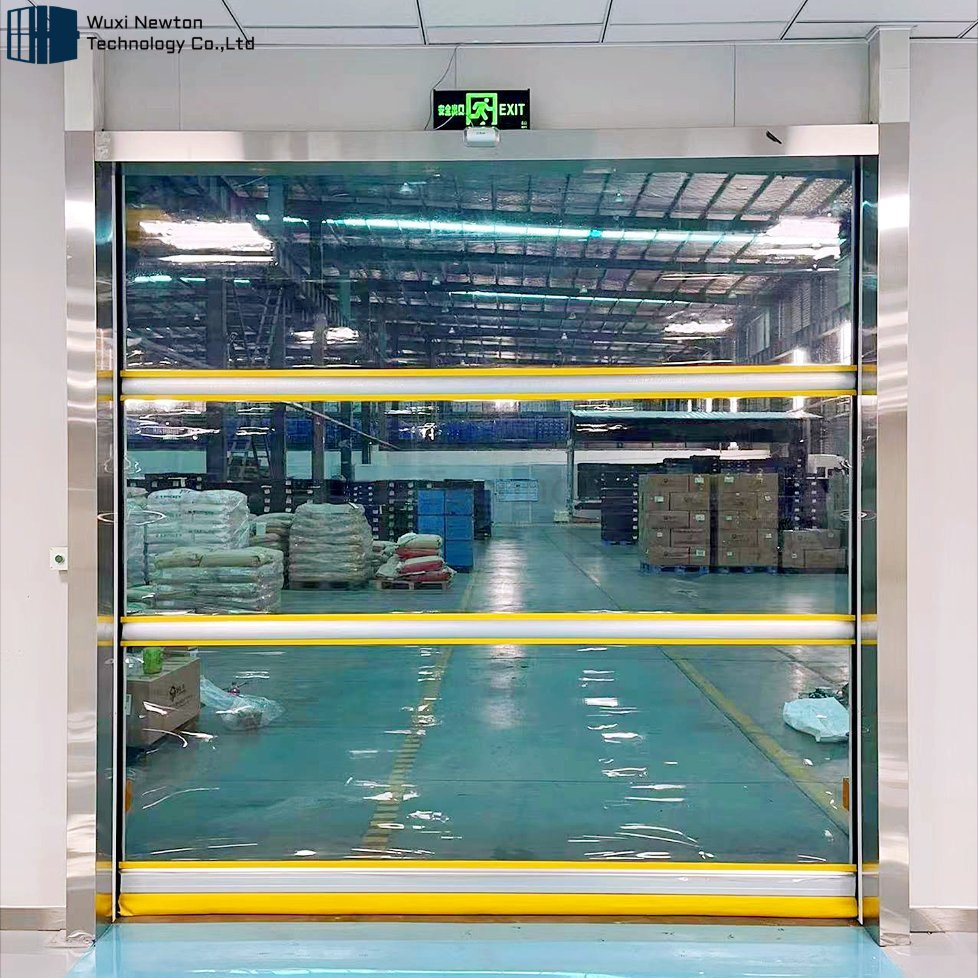
Heavy-Duty vs. Standard Roll-Up Doors: What’s Right for You?
Heavy-duty roll-up door suppliers like Janus International cater to extreme environments:
- Material: 18-gauge stainless steel vs. standard aluminum
- Security: Reinforced slats and military-grade locks vs. basic latches
- Lifespan: 15+ years with minimal upkeep vs. 5–7 years with frequent repairs 1516
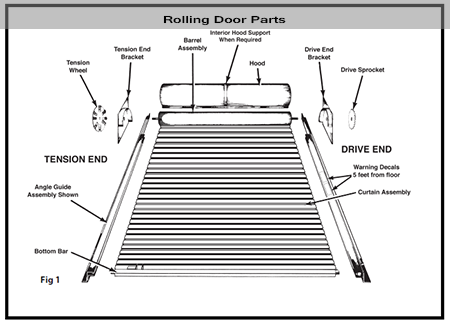
During a Texas refinery project, we chose heavy-duty models with ATEX explosion-proof ratings—critical for volatile chemical storage 17.
Innovations Reshaping the Industry
Top roll-up door manufacturers now blend smart tech with sustainability:
- High-Speed Automation: Rytec’s 2 m/s doors slash wait times at Amazon fulfillment centers 1819.
- Energy Efficiency: Insulated doors with R-12+ ratings cut HVAC costs by 18% at a Minnesota food processor 2021.
- Circular Design: Clopay’s recycling program reclaims 85% of door materials, reducing landfill waste 2223.
Navigating Supply Chain Challenges
Recent tariffs spiked steel costs by 30%, forcing suppliers like Cookson to stockpile domestic materials. When sourcing doors:
- Audit Lead Times: One manufacturer’s 6-week delay pushed us to switch to ASTA’s stocked inventory 2425.
- Prioritize Local: Midwest suppliers like Raynor shortened delivery times by 50% compared to coastal brands 812.
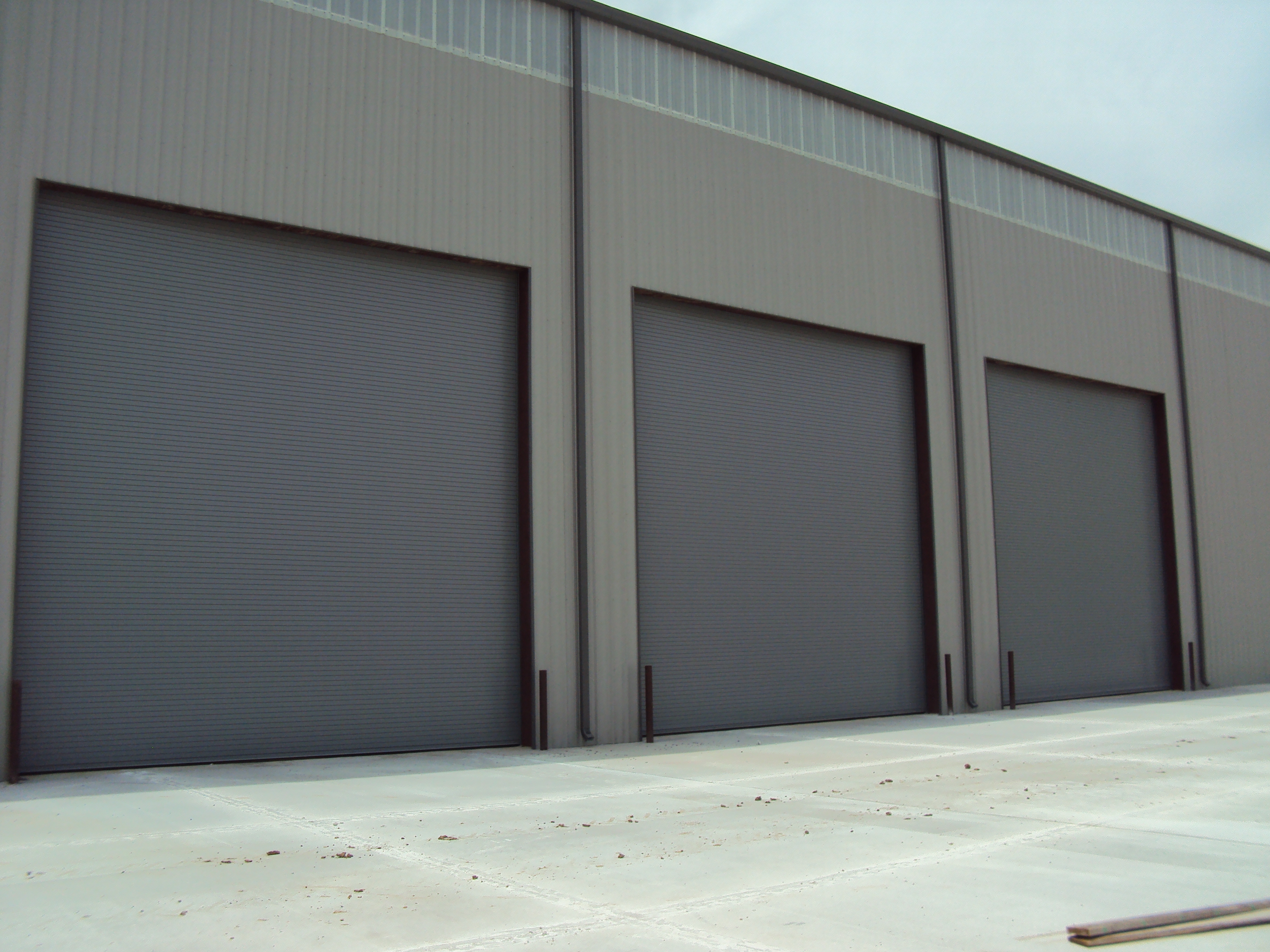
Why Customer Reviews Matter
After a vendor’s powder-coated finish peeled within months, we now scrutinize reviews for:
- Installation Quality: 72% of buyers cite improper sealing as a top complaint 2829.
- Post-Sale Support: ASTA’s 24/7 helpline resolved a motor failure in 3 hours vs. competitors’ 48-hour average 14.
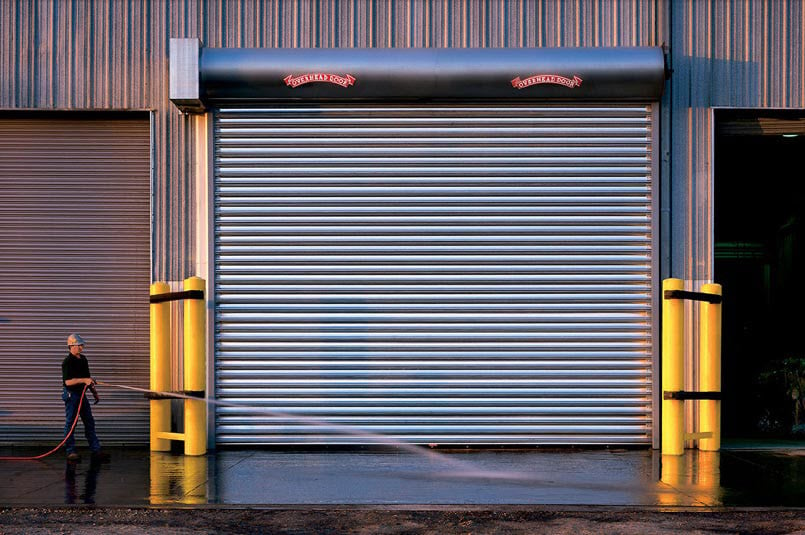
Conclusion
The best roll-up door suppliers balance durability with adaptability. While giants like Overhead Door dominate traditional markets, innovators like Hörmann and Clopay drive smart, sustainable solutions. By aligning supplier capabilities with operational demands—and learning from others’ missteps—businesses secure doors that perform decade after decade.

As my team learned after that costly installation delay: never underestimate the impact of a well-chosen door.

